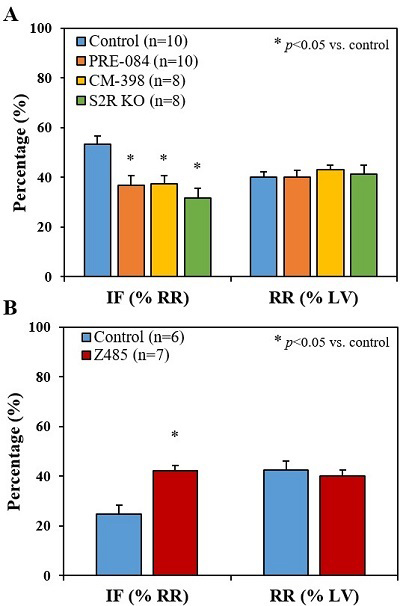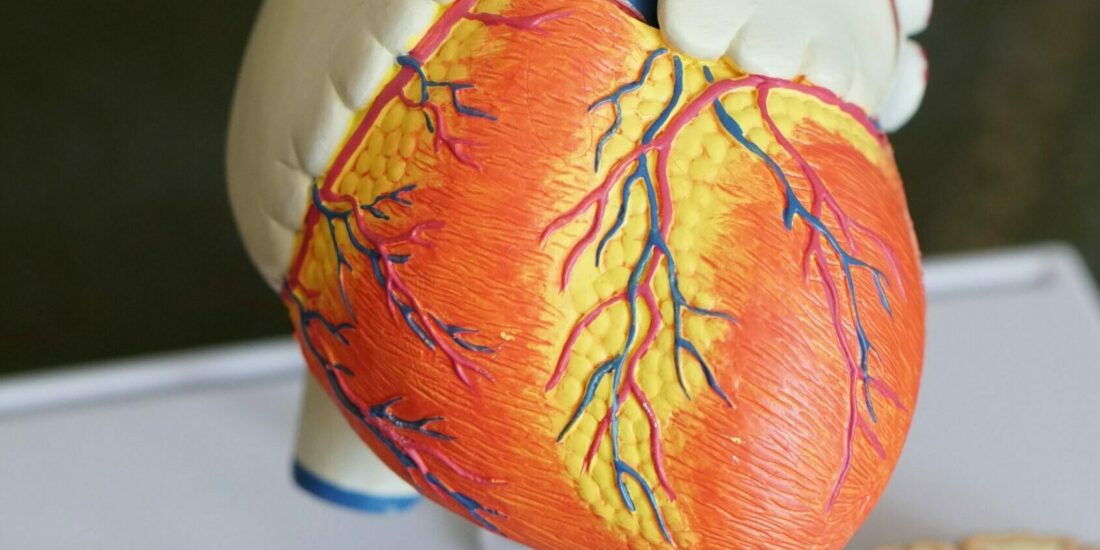The Role of the Sigma-2 Receptor in Myocardial Ischemia-Reperfusion Injury
By Radhika Rastogi, Jing Li, Katherine Marsh, Aimee Zhang, Lian-Wang Guo, and Zequan Yang
Abstract published in ACUTE CORONARY SYNDROMES, SESSION TITLE: VULNERABILITY AND CONSEQUENCE IN ACS, 30 Oct 2022 Circulation. 2022;146:A14321
Abstract
Introduction: Pharmacological studies have identified two subtypes of sigma receptors, which are now known to be encoded by different genes. Activation of the sigma-1 receptor (S1R) is reported to protect the heart against myocardial ischemia-reperfusion injury (IRI). The role of sigma-2 receptors (S2R) in myocardial IRI remains unknown.
Hypothesis: We hypothesize that inhibition of S2R attenuates myocardial IRI.
Methods: C57BL/6 (WT) and congenic S2R knockout (KO) mice underwent 40 minutes of left coronary artery (LCA) occlusion followed by 60 minutes of reperfusion (40’/60’ IR). At the end of reperfusion, the hearts were harvested for TTC-Phthalo-blue staining to calculate infarct size (IS), denoted as a percentage of the ischemic risk region (RR). S1R agonist, PRE-084, and S2R antagonist, CM-398, were administered before LCA occlusion. Two other groups of WT mice underwent 30 minutes of LCA occlusion followed by 60 minutes of reperfusion (30’/60’ IR), with one control group and another treated with S2R agonist, Z485, prior to LCA occlusion.
Results: In mice undergoing 40’/60’ IR, ischemic risk regions (RR, % of LV mass) were comparable among all groups. Infarct size (IS, % of RR) was 53±3% in control mice. Both the S1R agonist and S2R antagonist significantly reduced the IS to 37±4% and 38±2%, respectively (p<0.05 vs. control). S2R KO mice had significantly smaller IS (32±4% vs. control, p<0.05. Figure Panel A). In mice undergoing 30’/60’ IR, ischemic risk regions were comparable among the 2 groups, but IS was significantly exacerbated in the S2R agonist-treated group (42±2% vs. control 25±4%, p<0.05. Figure Panel B).
Conclusion: Contrary to the effect of S1R, activation of S2R during myocardial IRI aggravated infarct size. Inhibition of S2R exerts an infarct-sparing effect. This pathway presents a new potential therapeutic target to attenuate myocardial IRI.


